The Waldorf Astoria Legacy: A Pioneer in Luxury Hospitality
The Waldorf Astoria legacy is tightly woven into the fabric of New York City’s history. First opening in 1893 and relocating to Park Avenue in 1931, the hotel quickly became a global symbol of elegance, innovation, and cultural influence. Following a meticulous eight-year renovation, the hotel now blends restored historic charm with modern luxury.
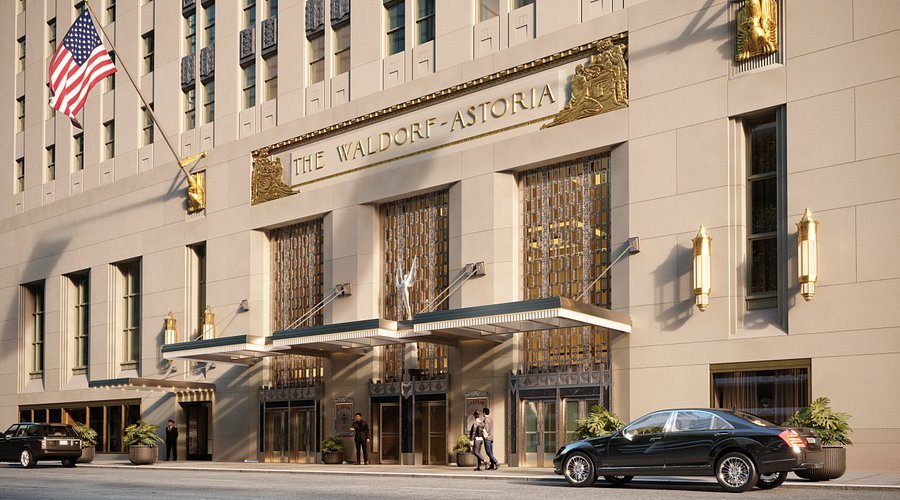
Here are six fascinating ways the Waldorf Astoria built its reputation as a hospitality legend.
1. How It Revolutionized Modern Hospitality
Long before five-star hotels became the norm, the Waldorf Astoria introduced pioneering amenities: room service, in-room telephones, and celebrity chefs. Its dedication to luxury transformed hotel expectations around the world.
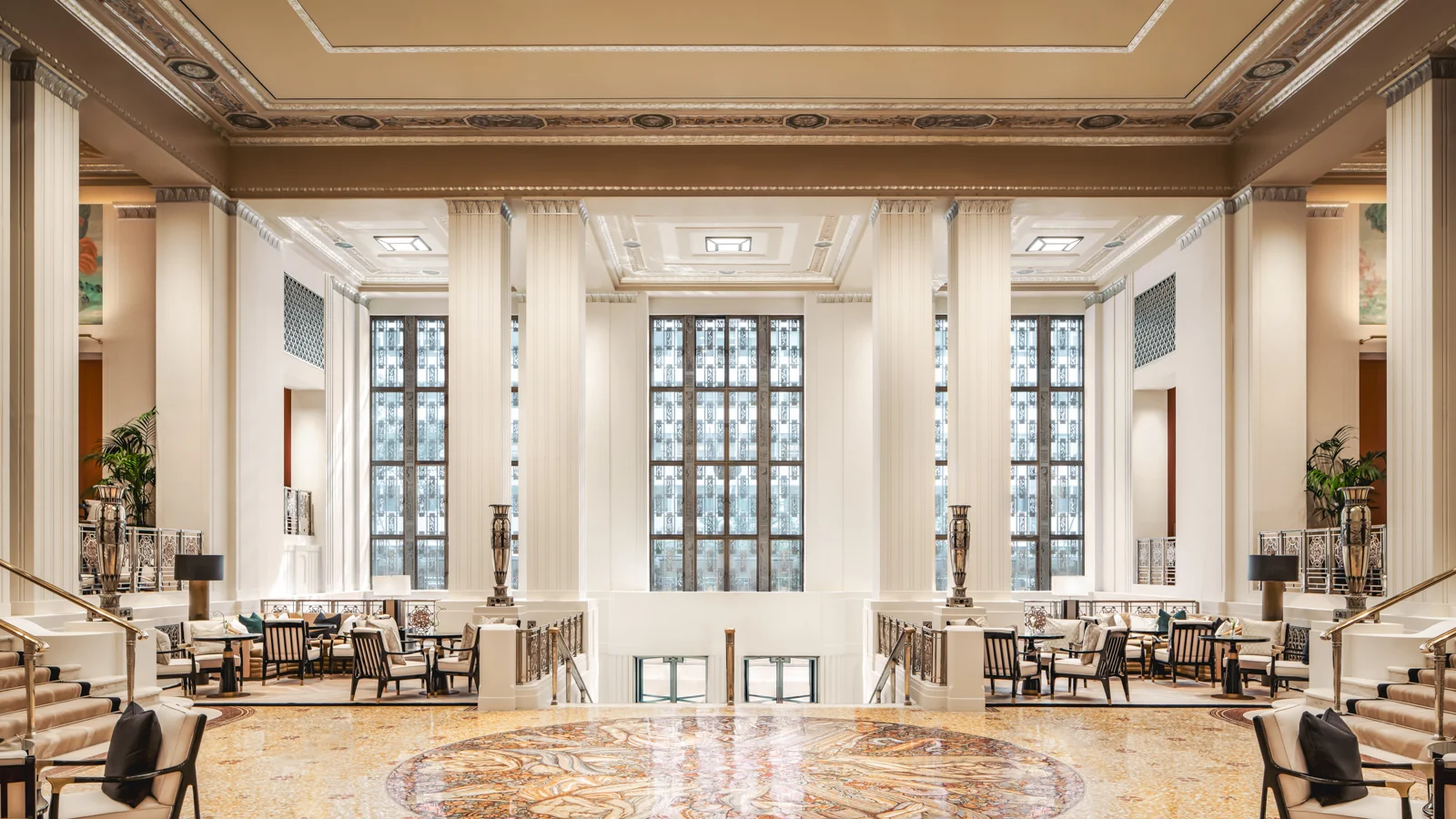
The grand lobby, opulent event spaces, and tailored guest experiences drew royalty, celebrities, and world leaders—cementing the Waldorf Astoria legacy as a gold standard in high-end hospitality.
2. Waldorf Astoria Changed the Way New Yorkers Dined
At a time when the elite still preferred private dinners, the Waldorf made hotel dining fashionable and inclusive. For the first time, it was socially acceptable for women to dine alone in public.
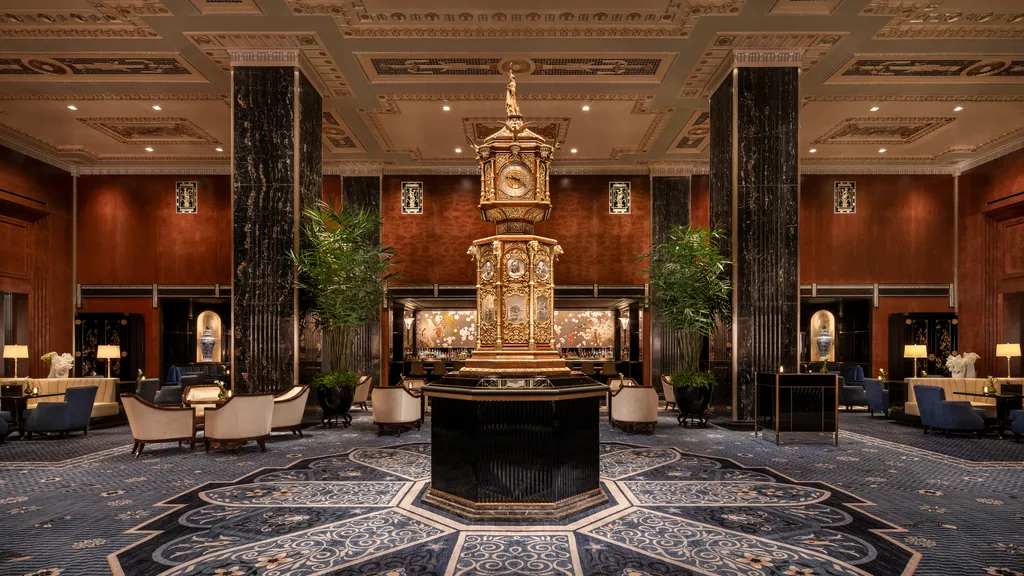
Led by the legendary “Oscar of the Waldorf,” the hotel’s kitchens gave birth to signature dishes like eggs Benedict, red velvet cake, and the Waldorf Salad. Today, the Lex Yard restaurant carries that legacy forward with elegant reinterpretations.
3. Peacock Alley: The Iconic Catwalk of the Elite

Originally a corridor connecting the Waldorf and Astoria hotels, Peacock Alley earned its name from fashionably dressed guests who used it to see and be seen.
The newly restored space now features a vibrant mural, the historic 1893 clock, and Cole Porter’s grand piano—a nod to the famed composer who lived at the hotel from 1935 to 1964.
4. A Secret Train Track Beneath the Hotel
Hidden below the building lies Track 61, a long-rumored private train line said to have been used by high-profile guests and even U.S. presidents to enter the hotel discreetly.
While no longer active, the track is a fascinating part of the Waldorf Astoria legacy. Even its restaurant name, Lex Yard, references the Lexington Avenue railyard that once powered this luxury secret.
5. The Waldorf’s Quiet Role in UN History
In 1946, when the United Nations selected New York as its headquarters, it needed a hotel that welcomed delegates from all backgrounds—something not guaranteed in a still-segregated America.
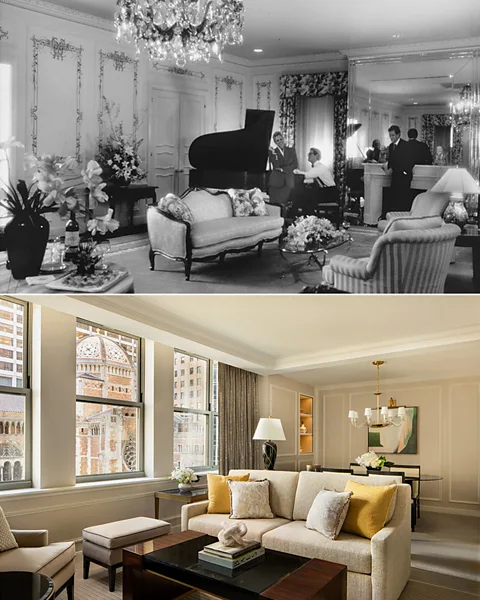
The Waldorf Astoria stepped up, agreeing to accommodate all guests equally. This commitment earned it the title of official hotel of the United Nations, highlighting the hotel’s forward-thinking ethos.
6. Bigger, Fewer, Better: NYC’s Largest Hotel Rooms
Once home to more than 1,400 rooms, the newly redesigned Waldorf Astoria now offers just 375 guest suites—each averaging over 570 square feet.
This return to comfort and spaciousness reflects evolving standards of luxury while honoring the Waldorf’s timeless dedication to grand hospitality.
Beyond Renovation: Why the Waldorf Astoria Legacy Endures
The recent renovation isn’t just cosmetic. It reflects the hotel’s broader mission: to uphold a legacy of excellence, cultural leadership, and innovation. Bookings are now open for stays and fine dining, with event spaces available by September.
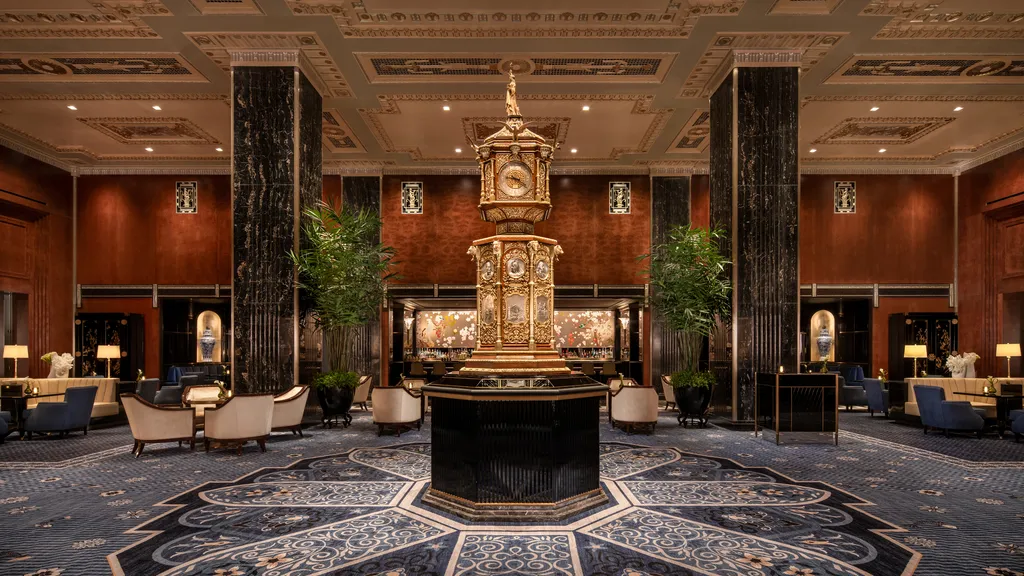
From culinary inventions to underground train lines, the Waldorf Astoria legacy lives on as a rare blend of history, style, and forward-thinking luxury. It’s not just a hotel—it’s a living icon.



